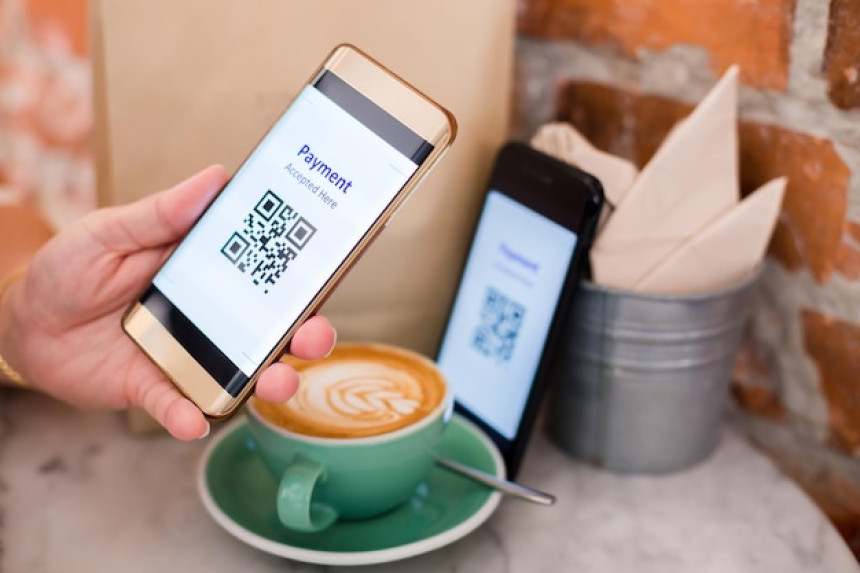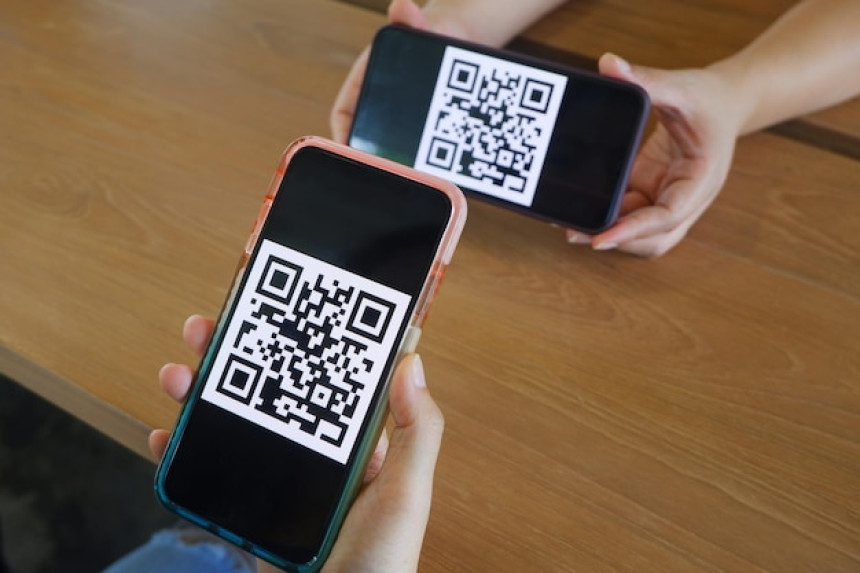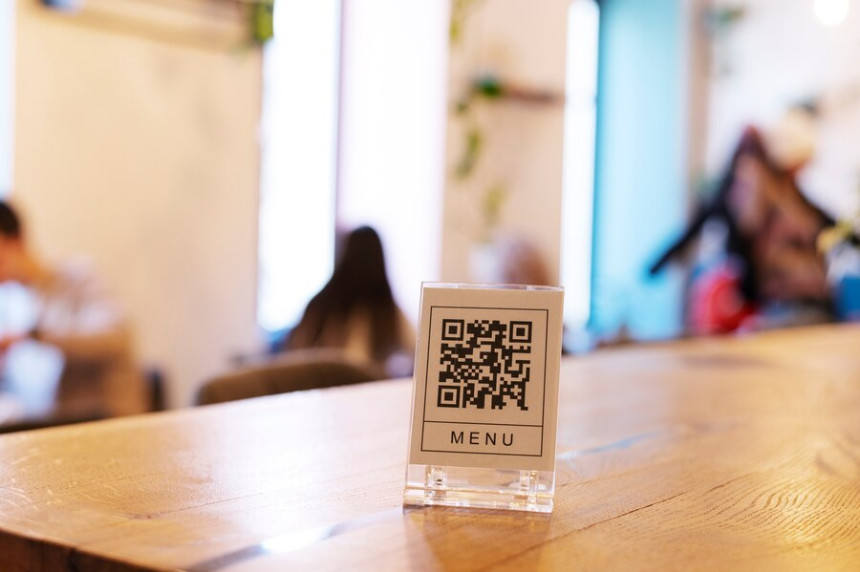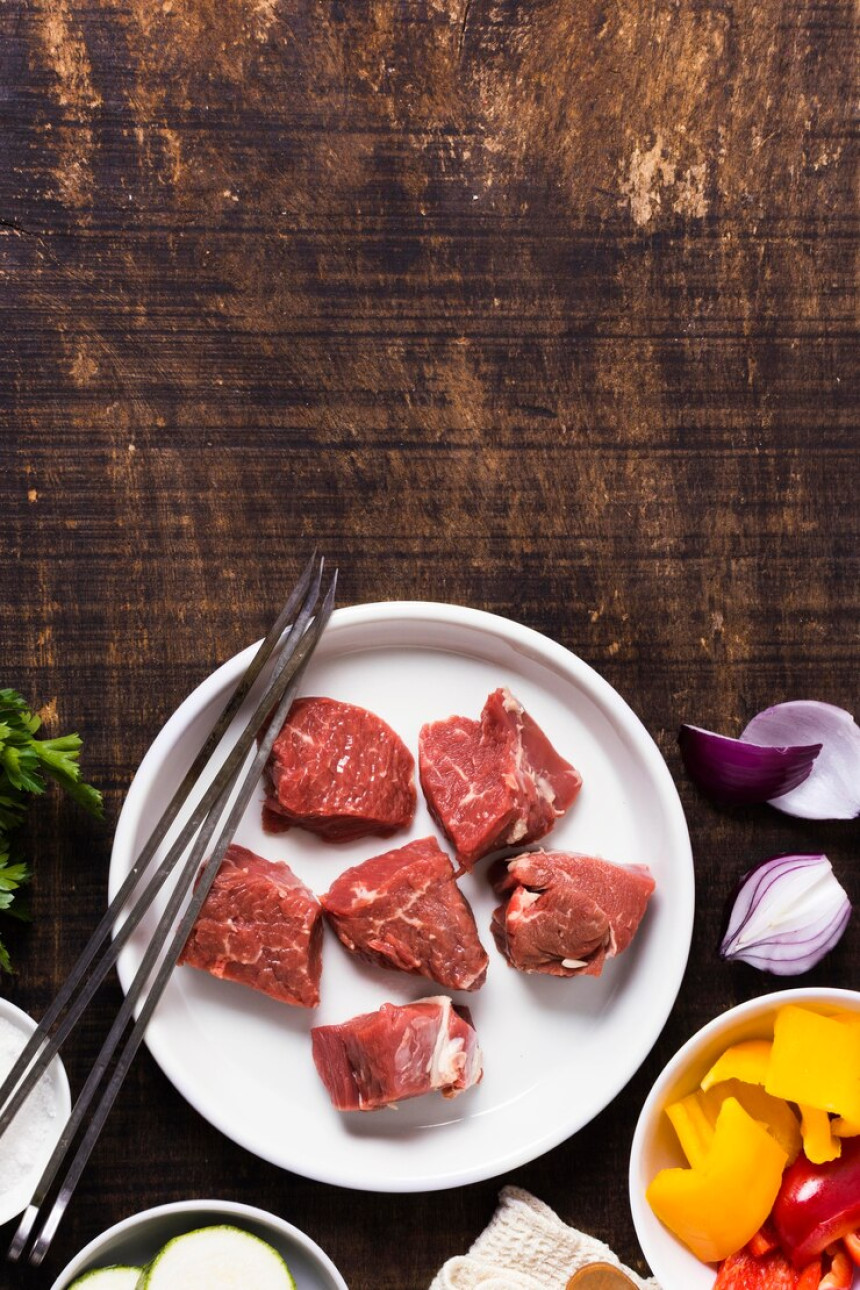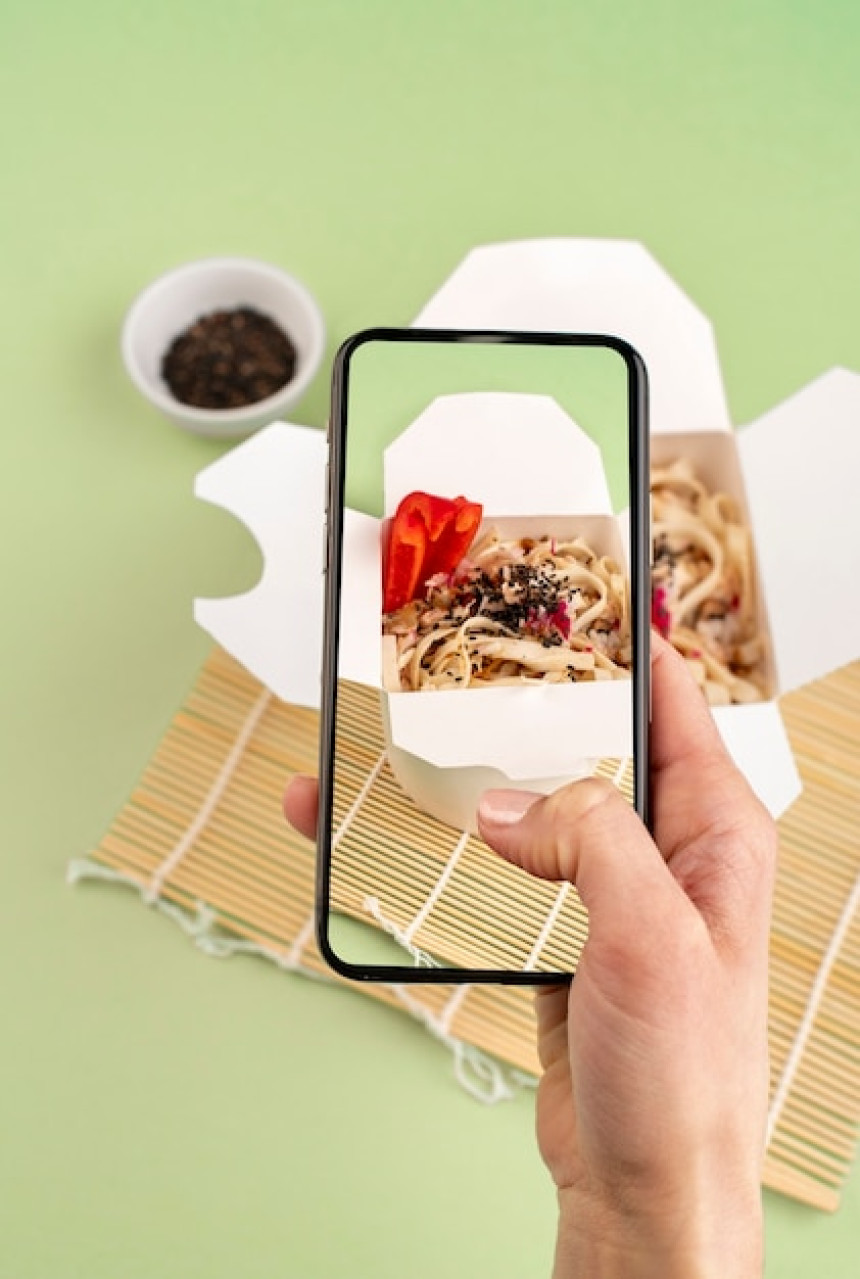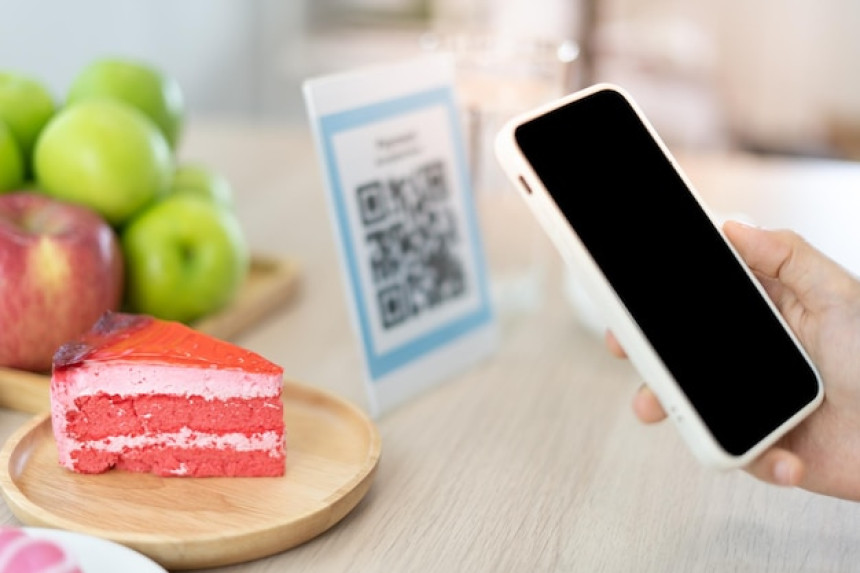
Challenges Restaurants May Face in Implementing QR Menus
Implementing QR menus in restaurants can greatly enhance the dining experience by offering a contactless, efficient, and modern way for customers to access menu information and place orders. However, the transition to this technology is not without its challenges. Here, we explore some common obstacles restaurants might encounter and how they can effectively address them.
1. Technological Barriers
Customer Familiarity:
- Digital Divide: Some customers, particularly older demographics, might not be familiar with scanning QR codes or using digital menus. - Education and Support: Restaurants should provide clear instructions on how to use QR menus and ensure staff are trained to assist customers who need help.
Device Compatibility:
- Variety of Devices: QR menus need to be compatible with various smartphones and operating systems. - Responsive Design: Implementing a responsive design that works well on all devices is crucial. Testing across multiple platforms can help ensure a seamless experience.
2. Internet Connectivity
Reliable Wi-Fi:
- Inconsistent Connection: Poor internet connectivity can hinder the effectiveness of QR menus, especially in areas with weak signals. - Infrastructure Investment: Investing in a robust Wi-Fi infrastructure within the restaurant can help mitigate this issue, ensuring that all customers can easily access the digital menu.
3. User Experience and Interface Design
Intuitive Design:
- Complex Navigation: If the digital menu is not user-friendly, customers might find it frustrating to navigate. - Simplified Layout: Focus on a clean, intuitive design that is easy to understand and navigate. Menu categories should be clearly defined, and items should be easy to find.
Engaging Content:
- Lack of Visual Appeal: A text-heavy menu without images can be off-putting. - High-Quality Images: Incorporate high-quality images and detailed descriptions to make the menu more appealing and informative.
4. Data Security and Privacy
Customer Concerns:
- Privacy Issues: Customers might be wary of scanning QR codes due to privacy concerns. - Secure Platform: Ensure that the platform used for the QR menu is secure and that customer data is protected. Clearly communicate your privacy policies to customers to build trust.
5. Operational Challenges
Staff Training:
- Resistance to Change: Some staff members might resist the transition to digital menus due to lack of familiarity with the technology. - Comprehensive Training: Provide thorough training sessions and continuous support to ensure all staff members are comfortable using and explaining the QR menu system.
Integration with Existing Systems:
- Compatibility Issues: Integrating QR menus with existing POS systems and other restaurant management tools can be challenging. - Unified System: Choosing a comprehensive system like QRMenu, which integrates seamlessly with existing operations, can streamline this process.
6. Maintenance and Updates
Regular Updates:
- Outdated Information: Without regular updates, the digital menu might display outdated information, leading to customer dissatisfaction. - Routine Maintenance: Establish a routine for updating the menu, including seasonal changes, new items, and real-time availability adjustments.
How QRMenu Solves These Challenges
At QRMenu, we understand the unique challenges restaurants face when implementing QR menus. Our solution is designed to address these issues effectively and provide a seamless transition to digital menus.
Make your customers happy with the efficiency of QRMenu. Our platform offers:
- User-Friendly Interface: An intuitive and visually appealing design that enhances user experience. - Reliable Integration: Seamless integration with existing POS systems and restaurant management tools. - Comprehensive Support: Ongoing support and training for staff to ensure smooth operation. - Secure Transactions: Robust security measures to protect customer data and build trust. - Regular Updates: Easy-to-manage updates to keep your menu current and engaging.
Discover the power of QRMenu today and transform your restaurant service to maximize customer satisfaction. By adopting QRMenu, you can streamline your operations, offer a modern dining experience, and overcome the common challenges associated with QR menus.
#QRMenuChallenges #CustomerFamiliarity #DeviceCompatibility #InternetConnectivity #UserExperienceDesign #DataPrivacy #StaffTraining #POSIntegration #MenuMaintenance #RestaurantTechnology #DigitalMenuIssues #OperationalChallenges #QRCodeIntegration #CustomerEducation

